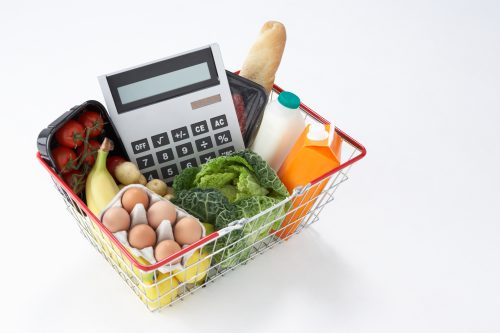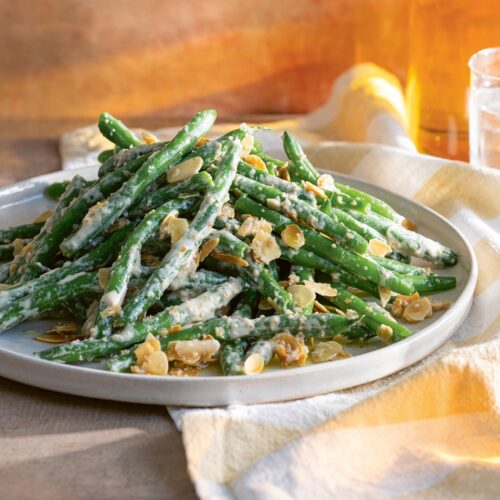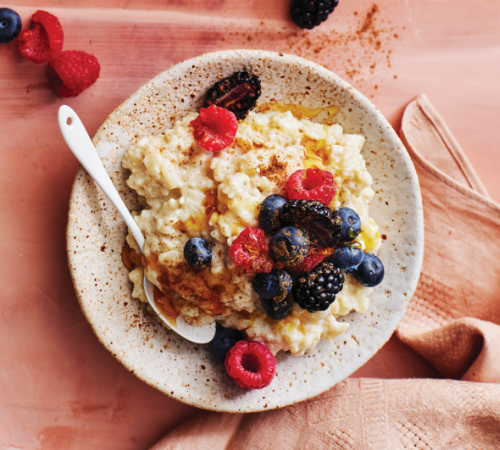
I was very troubled to read recently that the number of Kiwi kids hospitalised because of nutritional deficiencies has doubled in the last 10 years.
This is an issue of poverty, according to GP and Child Poverty Action Group health spokesperson Niki Turner.
The number isn’t huge, around 120 kids in a year, but the trend is of concern and they are part of a bigger picture of over 40,000 annual child hospitalisations that are linked to poverty. Children who are undernourished are more likely to come down with preventable illnesses and take longer to get better. And, somewhat paradoxically, those who are at most risk of being malnourished area also more likely to be obese.
People on the lowest incomes (under $35,000 per year) spend more than 60 per cent of their income on food, Dr Turner told Newstalk ZB and the Herald. In 2007 they spent around 48 per cent. This is not because they made better choices in 2007, rather the cost of food has increased faster than their incomes have.
According to Statistics NZ data, average weekly spending on groceries went up by 10 per cent in the three years to June 2016, and fruit and vege spending went up by 12 per cent. And, from 2016 to 2019 the average weekly food expenditure rose by close to $20.
I’m not an economist, so I don’t understand how New Zealand be considered a wealthy nation and still have a situation where our kids are not getting enough of the right food for them to be well and grow and learn like they’re meant to.
I don’t buy this idea that it’s just down to bad decisions or poor budgeting. According to Dr Turner, data show people on low incomes are actually no worse and, in many cases, better at budgeting their money than those with disposable income.
The way I see it, either incomes need to go up or the cost of healthy food needs to come down, or both need to happen.
How this happens is up to the policy makers – perhaps removing GST from fruit and vegetables is a good place to start. Maybe a tax break for low-income earners that is equal to the increase in food costs could work. Providing healthy breakfasts and lunches at school could be another option.
Continuing to ignore it will cost more in the long run, financially and morally.
At Healthy Food Guide we’re all about solutions, so let’s look at the problem at a practical level.
If you earn at the top end of the lowest income bracket, ie. $35,000, and you spend 60 per cent of your income (around $290 per week) on food, what can you buy that can provide your kids with the nutrition they need? (Before I continue any further I’d like to add that I’m not sure that many can actually spend 60 per cent of income on groceries. In Auckland renting a two-bedroom home would be well over 50 per cent of a low wage in itself, so once you account for that and bills, most people are not going to have 60 per cent left to spend on food.)
But, for argument’s sake, let’s assume we have $290 to feed a family of four. I did an online grocery shop for that amount and managed to buy sufficient meal ingredients and snacks to last the week, as long as no one has a huge appetite. I suspect the shop would be a bit light on iron, as it contained no meat, but there were egg, legume and plant sources.
My picks were Weetbix, eggs, bread (multigrain), lots of milk, yoghurt, cheese, muesli bars, peanut butter, spread, milo, hummus, lots of bananas, apples and kiwifruit (or whatever is seasonal), some custard powder and a small amount of sugar, canned fruit, frozen peas, edamame and beans, tofu, macaroni, spaghetti, canned tomatoes, lentils and kidney beans, rice, carrots, spring onions, lettuce, salad mix or spinach, tomatoes, pumpkin, potatoes, onions, garlic, fresh ginger, curry powder, mushrooms, pizza bases, a packet of biscuits, flour, oil, lemons, crackers, cheese, baked beans, tinned fish, burger buns and a French stick.
Not too bad but you’d definitely need to know how to cook to be able to pull it off.
The dinners I picked were all my own creations:
- Vegetable fried rice (with egg)
- Mushroom pizzas
- Spaghetti with tomato and lentil sauce
- Vegetable and tofu curry on rice
- Lentil burgers
- Macaroni cheese
- Vegetarian shepherd’s pie
Lunches were a choice of:
- Sandwiches with fruit, muesli bars and yoghurt
- Baked beans on toast
Snacks were a choice of:
- Yoghurt
- Fruit
- Crackers and cheese or peanut butter
- Veges and hummus
- Milo
Breakfasts were a choice of:
- Weetbix with milk and fruit
- Toast with peanut butter or eggs
Article sources and references
- Household expenditure statistics: Year ended June 2019. Stats NZ, accessed March 2021https://www.stats.govt.nz/information-releases/household-expenditure-statistics-year-ended-june-2019
- Information Package for Users of the New Zealand Estimated Food Costs 2019. University of Otagoe, accessed March 2021https://ourarchive.otago.ac.nz/bitstream/handle/10523/9819/Food%20Costs%202019.pdf?sequence=1&isAllowed=y
www.healthyfood.com










